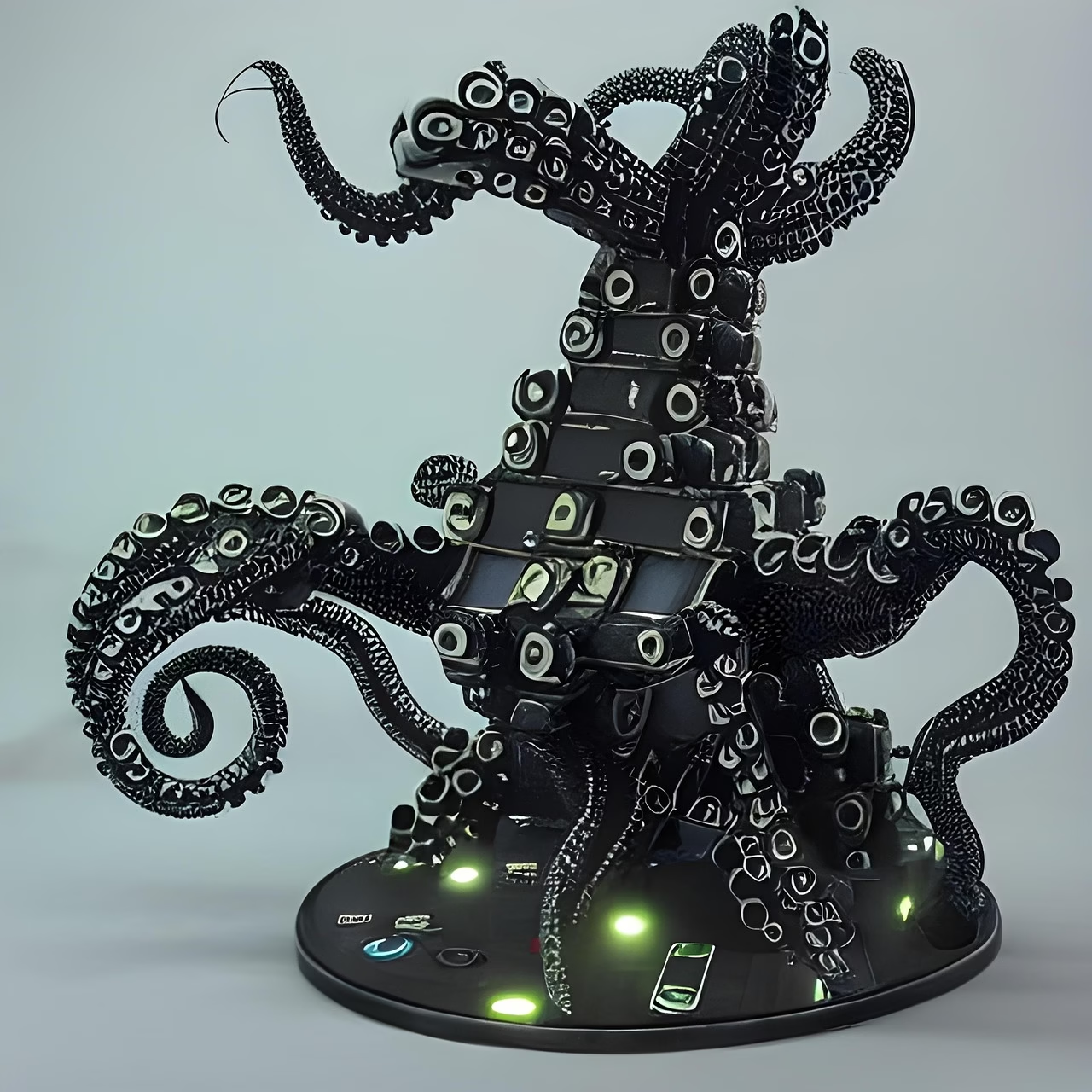When Cloudflare quietly flipped the switch on its Pay-per-Crawl marketplace on July 1, 2025, the move felt both inevitable and radical. For years, publishers watched large language models hoover up billions of pages, turning painstakingly researched articles and community conversations into training data—with zero compensation. Lawsuits have been mounting, but they operate on a multi-year cadence. Infrastructure, by contrast, moves at packet speed.
Why Pay-per-Crawl Matters
Generative AI has reframed the value chain of the internet. In 2024, Cloudflare introduced tools to block known AI crawlers, and more than a million domains opted in. Blocking, however, only preserves scarcity; it doesn’t create a market. Pay-per-Crawl converts scarcity into pricing power.
Instead of an all-or-nothing robots.txt file, publishers can now decide:
- Which bots may enter,
- Which sections of the site they may index, and
- Exactly how much each visit costs—down to the penny.
For smaller outlets shut out of headline licensing deals, the potential upside is meaningful. A niche medical journal with 40,000 high-value articles can charge more per crawl than a meme blog. The mechanism is blunt today, but it tilts leverage back toward originators of knowledge.
How the Marketplace Works
At its core, Pay-per-Crawl is an API handshake:
Bot → “May I crawl
/research/? My purpose is model-training.”
Cloudflare Edge → “Publisher price: $0.002 per URL. Accept?”
If the crawler accepts, Stripe processes a micropayment in real time; if not, the request is denied before a single byte leaks. Early data shows latency overhead is negligible—important for search-adjacent use cases.
Behind the scenes, Cloudflare verifies bot identities, logs crawl receipts, and exposes analytics dashboards so publishers see exactly which content monetizes well. For AI companies, the upside is cleaner data pipelines and legal peace-of-mind—provided they’re willing to open their wallets.
Opportunities on Both Sides
1. New revenue streams for the long tail. Advertising alone cannot sustain many specialty sites. Even modest crawl fees, recurring every time a model refreshes, offer a diversification path.
2. Quality signals for AI developers. Paying forces selectivity. Rather than indiscriminately scraping the open web, models can prioritize vetted, higher-signal domains—improving accuracy while reducing toxic sludge.
3. Programmable licensing. Because pricing lives at the edge, publishers can experiment with dynamic tariffs: higher fees for model-training, lower for real-time question-answering, or even zero for public-interest uses. Think of it as usage-based content licensing, not a one-size-fits-none blanket deal.
Early Friction and Open Questions
• Adoption chicken-and-egg. Publishers want paying bots; bots want broad coverage. Cloudflare has signed on a handful of AI partners, but the marketplace needs critical mass to avoid a cold-start spiral.
• Price discovery. What is a crawl truly worth? Too high and bots will route around you; too low and the economics barely register. Expect a noisy period of experimentation, arbitrage, and maybe some headline-grabbing bidding wars.
• Gaming the freshness signal. If bots pay only when content is updated, publishers are incentivized to tweak pages artificially. Cloudflare’s Crawler Hints protocol helps, yet subjective definitions of “material change” remain.
• Legal vs. technical. Pay-per-Crawl is not a DRM system. A determined scraper can still spoof headers. Ultimately, court rulings on fair use will set the guardrails; infrastructure merely makes compliance easier.
The Bigger Picture
I often describe the internet as a giant commons stitched together by tacit social contracts: link back, don’t hotlink images, respect robots.txt. Generative AI broke that social grammar by collapsing consumption and synthesis into a single opaque step. Pay-per-Crawl is an attempt to rewrite the covenant in economic terms.
Could it fail? Certainly. If large AI labs balk at fees or spin up edge caching to pay once and clone forever, the experiment stalls. But even an imperfect marketplace shifts the narrative: content is an asset with a price, not a free buffet.
Longer term, I’m watching for agentic paywalls—autonomous research agents endowed with a crawl budget negotiating on-the-fly licensing. Imagine instructing a legal AI to draft a brief: it allocates $12 to pull the latest case law, $3 for expert commentary, and 30¢ for three op-eds to gauge public sentiment. All transactions settle at the network edge, instant and auditable. That vision is years out, but Pay-per-Crawl lays the plumbing.
Advice for Practitioners
- Publishers: Join the beta if you can. Start with a narrow content set and price aggressively low; the priority is data, not dollars. Use the analytics to discover which verticals AI values most.
- AI Dev Teams: Budget for licensed data. Align “training runs” with content updates to minimize re-crawls. Track ROI: does paying for curated corpora measurably lift model performance?
- Product Managers: Prepare for negotiations. Your legal, data, and engineering teams will need a shared rubric for acceptable price points and compliance guarantees.
Technologists often lament the lack of business-model innovation in the web’s third decade. With Pay-per-Crawl, Cloudflare isn’t just tweaking a protocol; it’s testing a new micro-economy where attention and information flow are metered in real time. Whether that economy thrives or sputters, the experiment itself is the best sign yet that the AI era will force us to rebuild the internet’s incentives from the ground up.





